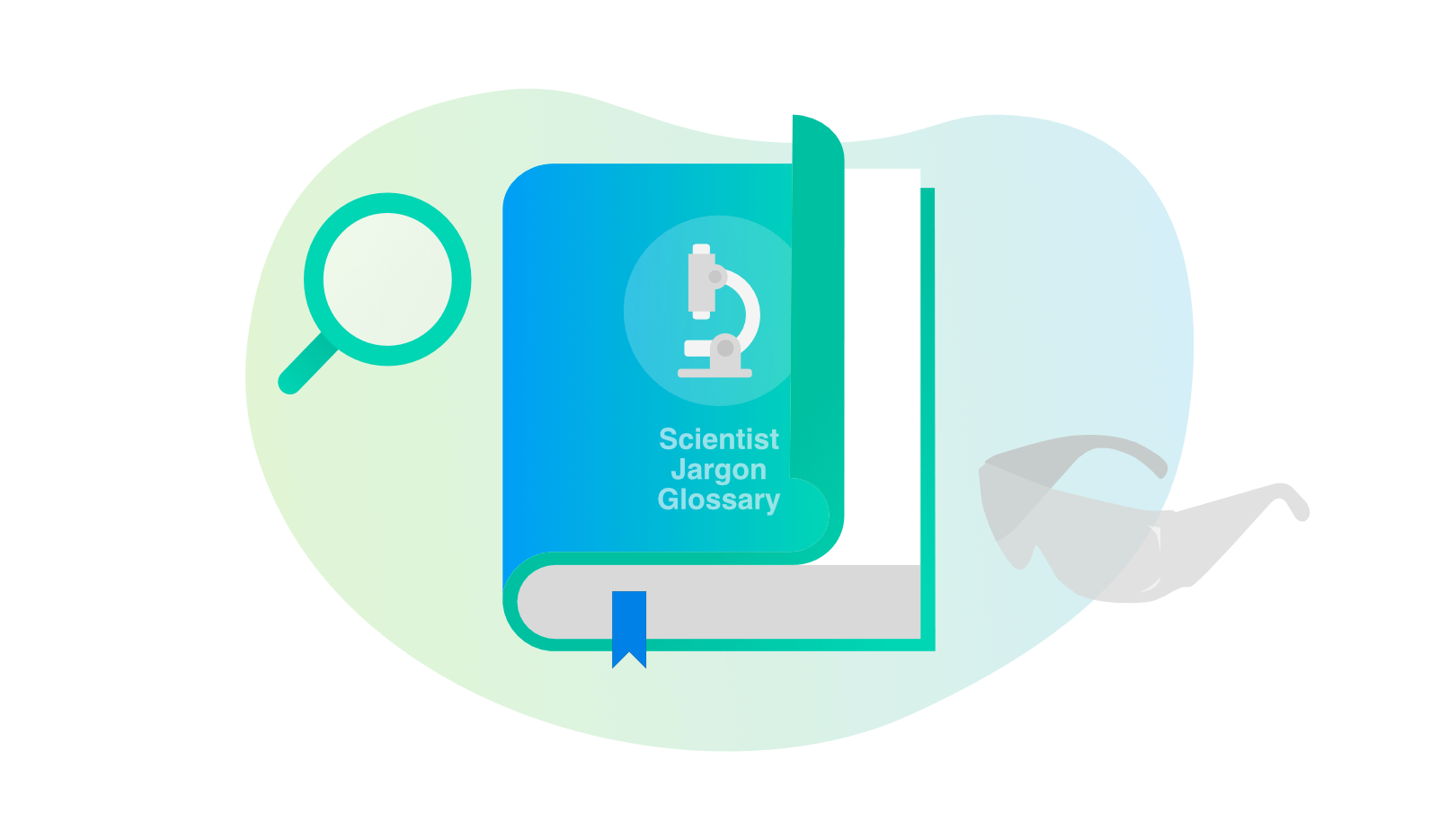8 Common Jargon For Lab Supplies That Only Scientists Know

Scientists speak a language of their own.
When they say that the data showed a trend, they actually mean that there were no major differences.
You may think you’re asking a simple question but they respond passionately, “That is way too complex and after much research, we cannot be sure…”
Have you tried ordering lab supplies for a scientist without being one yourself? Or maybe you are new to science or relatively new to the English language. Here are 8 common lab items that scientists forget are jargon for the rest of us.

“Get me a set of Eppendorfs, please!”
What is that, another Harry Potter house? Just kidding. I realized that it was a brand name for pipettes. But then I realized that people call pipettes as Eppendorfs and also microcentrifuge tubes as Eppendorfs. The brand also sells pipette tips so it gets confusing.

“We are running low on DMEM and RPMI.”
Those letters mean nothing to me. Apparently they are types of solutions that help cells grow. DMEM stands for Dulbecco’s Modified Eagle Media. RPMI is another type of culture media that is actually named “RPMI 1640,” which stands for Roswell Park Memorial Institute. Not sure what the number means. The two types of solutions are very different in their ingredients. DMEM has higher sugar (glucose), higher calcium and lower phosphate concentrations compared to RPMI.

“We ran out of taq.”
That’s a cool word – I would name my dog that, Taq. Come here, Taq! Well, taq is short for taq polymerase, which comes from a bacterium called T. aquaticus. Taq is used by scientists to make lots of DNA segments by a process called PCR. Which brings me to…

It almost sounds like a DJ tape but my colleague stares at me in both amusement and disdain. PCR stands for Polymerase Chain Reaction, which is a process used to make billions of copies of DNA segments very quickly. This enables scientists to study DNA in greater detail. A PCR master mix is a pre-mixed solution that contains important ingredients to enable this process.

Again, this sounds like a name. My cousin’s name is Ellisa but scientists pronounce it like a female version of Elijah. Apparently it stands for Enzyme-Linked Immunosorbent Assay, which is a method that measures concentrations of specific proteins in a sample. This assay comes in the form of a kit which contains plates, buffers, antibodies and reference proteins.

It’s not the kind you climb on to reach the roof. There’s DNA, RNA and protein ladders. I learned that these ladders are premixed solutions of DNA, RNA or protein fragments that serve as a “reference” to whatever you are measuring. When scientists run what they call “a gel” in order to separate and measure samples, they also add a “ladder” to serve as a reference. On a completed gel, these DNA, RNA or protein references end up looking like a ladder. Pretty cool.

Well, it does feel like a thin piece of clear jello. This word is often paired with “SDS-PAGE gel,” which stands for sodium dodecyl sulfate polyacrylamide gel. The gel is made with polyacrylamide. Scientists add their protein samples to this gel and apply a current, which makes proteins move through the gel to the other side. Heavier proteins move slower through the sieve. Adding SDS blocks charges on the proteins, which takes out the extra variable of charges on the proteins. Apparently gels can also be made from agarose, which is more used in separating DNA fragments.

I get this last one – it is something that scientists need to filter something in order to make it more sterile. But you know what drives me nuts? There are so many different kinds and it’s never exactly specified the first time around. There are the big kinds that can sterilize bottles of solutions with the help of a vacuum. There are some that connect to syringes. Then there are tiny ones. So this one is not quite jargon but it seems like scientists tend not to specify the kind they need.
. . .
Most scientists work directly with someone with a science background for purchasing their lab supplies. But in certain settings, professionals without a science background may be communicating with scientists about lab supplies. Or maybe the professional has a science background but is not quite familiar with the English language and its scientific jargon. It is always good practice to be sensitive to who you might be working with. Not everyone will immediately know what a UHPLC BEH C18 column means!


